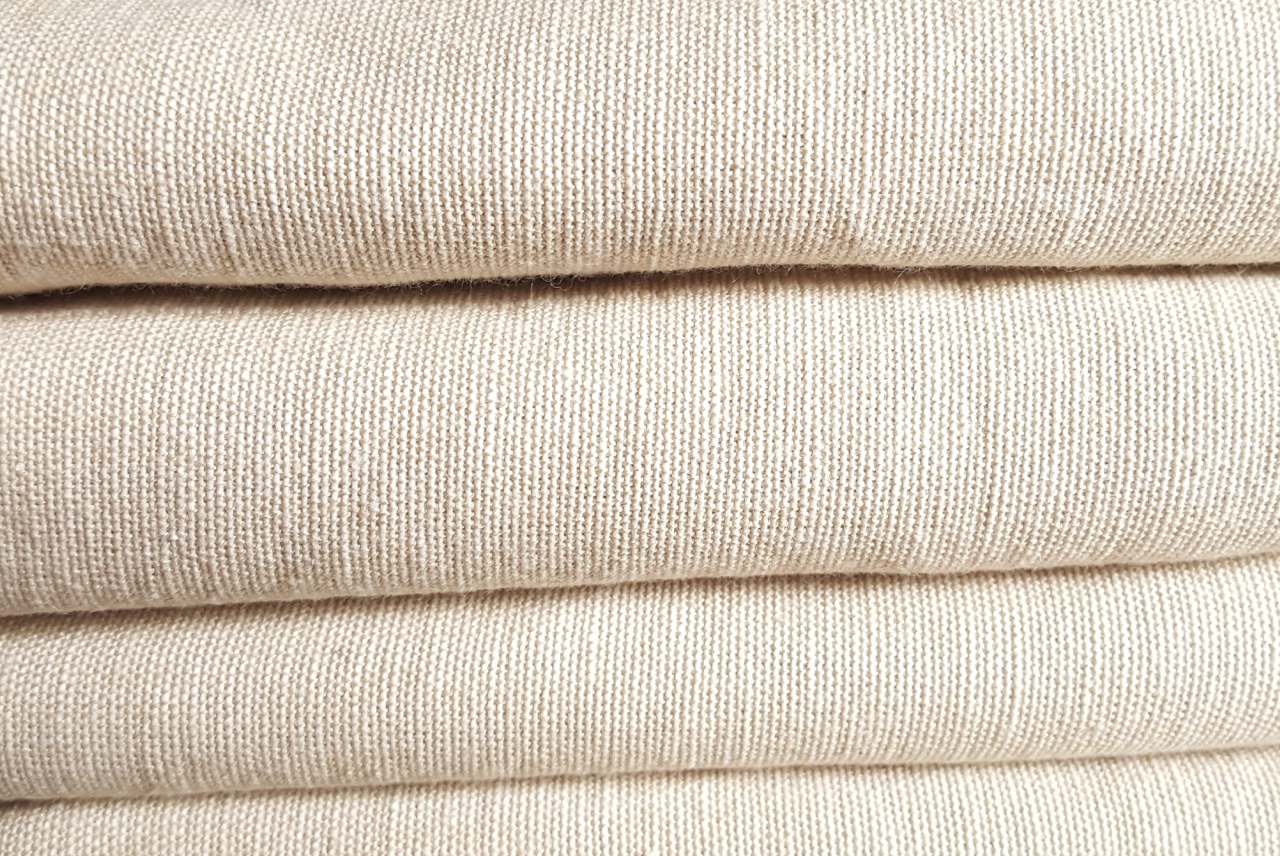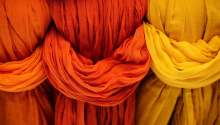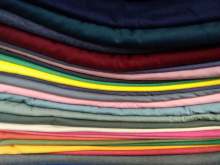What are the different types of bamboo fabric?
Let’s start our investigation by learning about the main types of bamboo fabric. The most widely-used ones are bamboo linen, bamboo rayon and bamboo lyocell.
Bamboo rayon
Most bamboo-based items are made from bamboo rayon, and this is precisely the fabric that raises the most questions from eco-activists and sustainable fashion experts. It is often being sold under other names, such as viscose, eco-cashmere, organic bamboo, and pure bamboo. That is why the Federal Trade Commission (FTC) requires companies to list “rayon made from bamboo” on their items.
Companies that use bamboo rayon state the fabric has unique antimicrobial properties and is good for people because of its high breathability and absorbing capacity.
According to the Council of Fashion Designers of America (CFDA), in order to make bamboo rayon, the stems of bamboo grass are cut and soaked in caustic soda. This breaks the bamboo down and turns it into threads in order to weave into fabric later.
The fabric then undergoes a bleaching process. This method involves using sodium hydroxide. The Centers for Disease Control and Prevention (CDC) lists the chemical as extremely corrosive and notes that it can cause eye and skin allergies. It also uses carbon disulfide, which can cause neural disorders and pose a danger to the reproductive system.
The process also uses huge quantities of water. This is called an open-cycle production and is criticized by environmental advocates. The fabric's natural antimicrobial properties are also destroyed during the chemical proceeding and are not present in the final product.
When you remove the antimicrobial properties, you take away the natural benefits of the plant-based fabric.
Bamboo lyocell
Lyocell is not as widely used as bamboo rayon, but it has achieved some recognition amongst fashion experts.
Lyocell is manufactured from cellulose. It's similar to rayon and is developed with a solvent spinning technique. This process is used to strip pulp from all types of wood and works with bamboo.
It involves soaking the bamboo in amine oxide, an organic compound. The spinning cycle is used to remove 99% of the amine oxide. Lyocell is only produced in a few locations. The mills are highly technical, using computer monitoring systems to screen for problems.
To some extent, lyocell is a compromise between profitable production and sustainability. It uses closed-loop technology, which doesn't release production waste into the environment. Instead, some parts of it are being filtered and reused. The CFDA reports that lyocell is an optimal choice for those who want to use bamboo material in their production facilities.
Bamboo linen
While neither bamboo rayon nor bamboo lyocell can be considered 100% eco-friendly, bamboo linen is a more natural bamboo fabric. Natural enzymes are used to make bamboo linen.
The production process is quite similar to the one applied to linen and hemp fabrics. It doesn't require any chemicals. Instead, the bamboo is crushed using a mechanical process. Next, it's washed using an enzyme retting. The last step involves spinning it into yarn.
It's important to note that the manual method leaves a harsher fabric that's not as soft as chemically processed materials. Additionally, it will wrinkle more and require extra care to maintain. However, it is more durable than the other methods.
Bamboo linen items are quite a rare find. This fabric is too expensive to produce and is used by a small number of fashion brands. It has a good level of breathability and does a great job in the absorption of excessive moisture.





